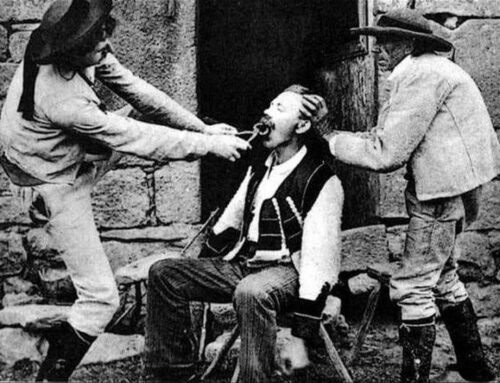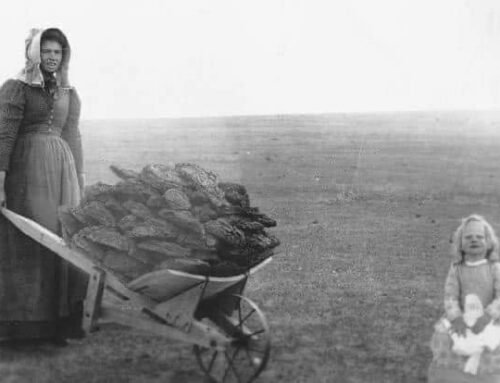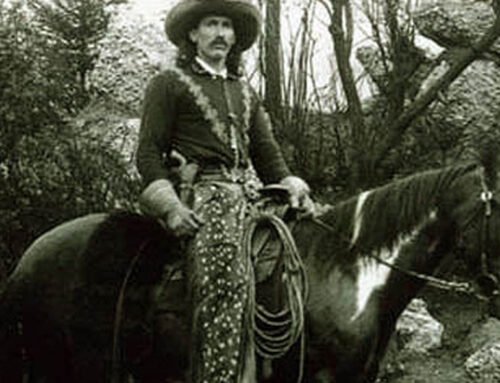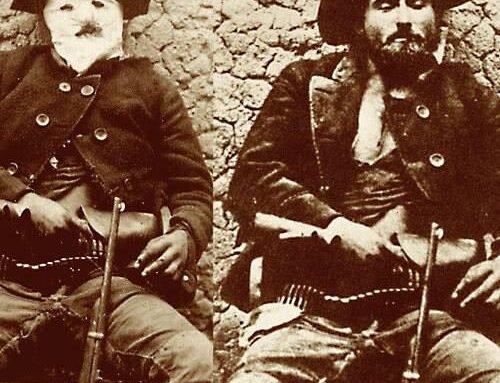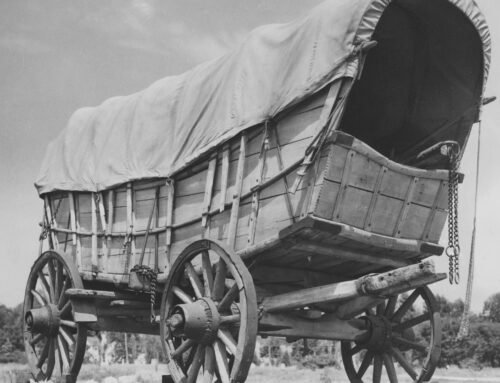Western saddles
By western author Nick Brumby

Pictures: Time/Life: The Old West vol 1
“So indispensable is a saddle to a cowboy’s life and livelihood that the phrase ‘he’s sold his saddle’ came to mean of a cowboy he was finished in the profession.”
–Old West wisdom
The western saddle and the cowboy who rides in it are an inescapable part of the American story.
For months on end on long trail drives a cowboy would be in his saddle from before sunup, right through the day and often half the night as well. When he finally found time for rest, his saddle often served as his pillow.
A cowboy’s saddle was indispensable. A cowboy in the old American West could not work without one.

California mission saddle
He might wager or sell his sidearm, rifle, spurs, or even his boots — but never his saddle. In the old west horses were abundant and cheap, but a saddle was neither.
Unlike a horse, which was supplied by his employer, the saddle was a cowboy’s own personal property. In 1875 a good saddle would often cost a month or two of wages – $30 or more. This was money well spent; a well-made saddle would serve its owner well for thirty years or more.
A good saddle and a considerate rider could travel 70 miles a day and still have a healthy horse. A thoughtless rider in a poor saddle could make a horse sore in an hour.
Horse saddles have a long history; however, it is unsure which civilization first tamed wild horses. in about 1600BC the Mediterranean people the Hittites wrote the first text on the care and rearing of horses, containing advice about horse training which is as useful today as it was then.
Meanwhile, ancient China produced the first real ‘horsemen’ who rode bareback. Chinese people were involved in selective horse breeding as early as 1000 BC and used several different breeds of horses for different jobs.

Texas saddle
However, the first horse saddle is believed to have been invented in 365AD by the Sarmatians, who lived in the central part of the Eurasian steppe, as well as what would become Iran. The Sarmatians were proud horsemen who rode their horses into battle and sacrificed them to the gods.
Their saddle creations were brought back to Europe by the Huns. Finding the metal stirrups great for mounting, as well as for increasing overall balance, the Europeans discovered that they were able to wield war weapons with more skill and accuracy.
The western saddle evolved from the 16th Century Spanish war saddle on which the Conquistadors rode into Mexico. The Spanish war saddle weighed up to 40 pounds, had a curved cantle, metal thigh guards, a wooden frame and was well padded and covered with brocaded silk velvet.
Spanish vaqueros trained horses and herded cattle in Mexico and the American Southwest. The vaqueros developed their saddle to help them work cattle across vast areas and came from a combination of the saddles used in the two main styles of horseback riding then practiced in Spain—la jineta, the Moorish style which allowed great freedom of movement to the horse; and la estradiota, later la brida, the jousting style, which provided great security to the rider and  strong control of the horse. Their saddles did not have a horn.
strong control of the horse. Their saddles did not have a horn.
The vaquero’s ‘California mission saddle’, from around 1830, was the first true American cowboy saddle. The saddle’s slim horn, or pommel, held the rawhide lariat; the stirrups were made of hollowed out wood, and the early cowboys covered them with leather casings, called tapaderas which shielded the rider’s feet from cactus thorns.
American cowboys quickly picked up on this design and adapted it for their own needs. retained the tough wooden tree, as well as the high pommel and cantle. But they made some big changes as well – they replaced the cantle with a tough wooden horn needed to secure a lariat and dispensed with the thigh guards completely.

Denver saddle
When the cattle business moved to Texas around 1850 the ‘Texas saddle’ saw the elaborate saddle skirt disappear and the leather-bound wooden horn became thicker and sturdier for heavy-duty roping. The stirrups were made of wide steam-bent wood – stronger and more durable than hollowed wood. Fenders protected the rider’s legs from the animal’s sweat.
By 1875 the ‘Denver’ design saw saddles become longer, with all framework now covered with leather. These big saddles were a boon to cowboys, who found they provided a steadier, smoother seat. But they weighed about 40 pounds, and this bulk, combined with the length, tended to rub sores on the backs of horses.
The classic cowboy saddle evolved on the West Coast, with the ‘California’ saddle design of around 1880. Shorter and lighter by 10 pounds than the Denver, it was easier on the horse. The slim horn, made of either wood or metal, had returned, and the saddle frequently had fancy leather tooling – an innovation intended less for decoration than to help hold the rider in place.
On a western saddle each part (see labelled diagram) evolved to meet a specific cowboy need, from the horn for roping to the broad stirrups in which the cowboy stood when he was riding down steep slopes or trotting along the trail.

California saddle
Optional saddle fittings include:
- Breastcollar: an additional piece of equipment that runs from the saddle around the chest of the horse, lending both lateral stability and preventing the saddle from sliding back. Breastcollars are particularly common on trail horses and roping horses.
- Back cinch: A second cinch is often seen on working saddles, particularly full-rigged roping saddles. Made of several thicknesses of leather, it is adjusted just tight enough to touch the underside of the horse, but not tight enough to provoke discomfort or bucking. It prevents the back end of the saddle from rising up in working situations, and when team roping, it also minimizes the saddle fork from digging forward into the horse’s withers when a cow is dallied from the saddle horn.
- Saddle strings: long strips of leather attached to the pommel and back jockey of working saddles, used for tying items to a saddle.
- Horn wrap: primarily seen on roping saddles, extra wraps of leather or other material that thickens the horn and provides support for a dallied lasso.
- Tapaderos: leather covers over the toe that close each stirrup from the front. A tapadero prevents the rider’s boot from slipping through and also prevents brush encountered while working cattle on the open range from poking through the stirrup, injuring or impeding the horse or rider.

About Nick Brumby
I like a good story. And of all stories, I love westerns the most.
As a kid, I spent far too many afternoons re-watching Clint Eastwood spaghetti westerns, picking up ‘Shane’ for just one more read, or saddling up beside Ben Cartwright when ‘Bonanza’ was on TV each afternoon.
I’m a former journalist and I love horses, dogs, and the occasional bourbon whiskey. I live with my wife, daughter and our ever-slumbering hound in a 1800’s-era gold mining town – our house is right on top of the last working gold mine in the area. There may not be much gold left, but there’s history wherever you look.
I hope you enjoy my westerns as much as I enjoyed writing them!
Happy trails,
Nick






















